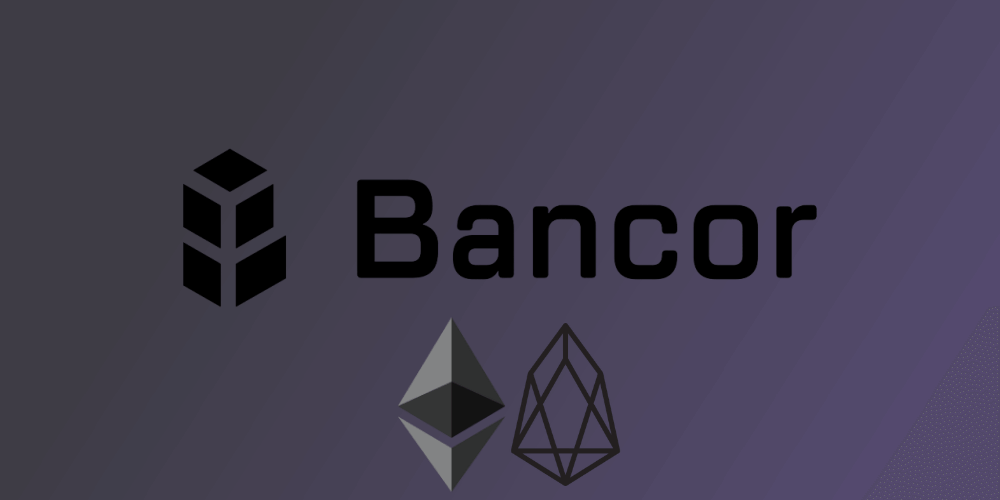
BancorX has become the first dApp to work across blockchains, now supporting both the Ethereum Network and EOS. This allows users of either system to swap ETH Tokens for EOS Tokens and vice versa, without losing control of their tokens.
Previously, users would have to use a centralized service, like an exchange, to make cross blockchain transactions. In addition the plan is to enable more blockchains in the future, allowing truly decentralized transactions across multiple decentralized blockchains.
The transaction is handled using BancorX’s liquidity token, BNT. Transactions will happen quickly, but to be clear, one token is being sold for BNT, which is then used to buy the appropriate amount of tokens on the other blockchain.
This is significant because blockchains function like walled gardens. Ethereum tokens cannot interact with EOS tokens or the tokens of any other blockchain. But now that is beginning to change. Bancor’s Co-Founder Eyal Hertzog, explained how it works in a press release “BancorX is based on the ability to move BNT — Bancor’s Network Token – between blockchains. This cross-chain functionality increases the utility of BNT as an inter-network token, connecting the EOS and Ethereum ecosystems today, and vastly more blockchains in the future.”
Over 120 EOS and ETH tokens are supported on BancoX according to the press release. And anyone can add their token to the network by staking an amount of them within a smart contract on the BancorX network.
BancorX is similar to a decentralized exchange, with some significant differences. Most exchanges, decentralized or centralized, depend on an order book. They use that to match buyers to sellers and execute a trade. The problem with that in decentralized exchanges is that it tends to be slow and liquidity has been an issue in nearly all of them. BancorX, by contrast, uses smart contracts to provide consistent liquidity and quick transactions. They claim to have over 8000 trading pairs on the BancorX network.
“We are thrilled to have completed the Bancor Network’s expansion onto EOS, as well as the cross-chain liquidity bridge that connects EOS and Ethereum-based assets,” stated Galia
Benartzi, Bancor Co-founder and Head of Business Development in a press release. “The ability to easily convert assets cross-chain points to a future in which token projects and users are empowered to
seamlessly interact with any blockchain which best suits their needs.”
EOS is a controversial but nevertheless popular cryptocurrency. Called the “Operating System of dApps” it has grown to the 5th largest cryptocurrency by marketcap. Despite this, it has faced accusations of centralization, primarily due to its consensus algorithm. Rather than using proof-of-work or traditional proof-of-stake, EOS uses Delegated Proof-of-stake.
Delegated Proof-of-Stake limits the number of block producers to a dozen, essentially making it a cloud-based system rather than a decentralized one. In theory, it would be relatively simple for a few of the delegated stakers to attack the system by cooperating. The check in their power comes from a voting mechanism that determines who will be the stakers. However, the system is based on 1 EOS = 1 vote, so whoever holds the most currency has the most influence on who gets to become a block producer.
Regardless of the controversy, EOS is undoubtedly a popular token/smart contract/dApp network. Now that it has connectivity to the world’s most popular token/smart contract/dApp network, it has a leg up on its other competitors, like NEO, Cardano and Tron.
We will cover any other additions to the BancorX network.

